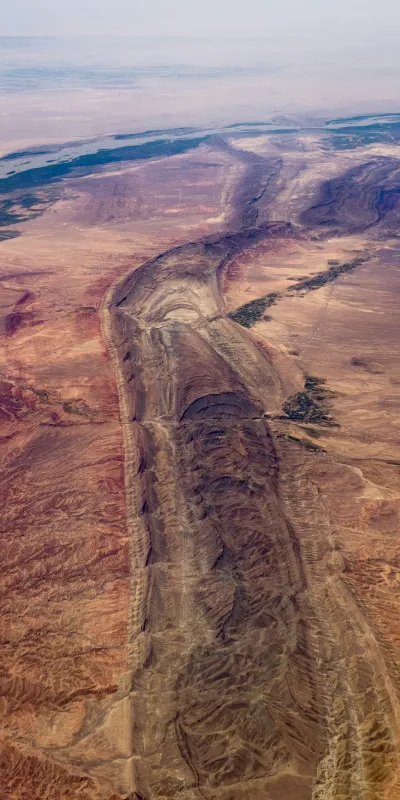
WRITING ON THE FAULT LINE: The Blog


Exploring the Fault Lines of Fiction and Reality: The Cascadia Subduction Zone in Crossing Cascadia
The Pacific Northwest is a land of contrasts—rain-drenched forests and sunlit coastlines, towering peaks and shadowed valleys. Yet beneath this serene surface lies one of the most dynamic and potentially catastrophic geological features in North America: the Cascadia Subduction Zone. This 700-mile fault line, where the Juan de Fuca and North American tectonic plates collide, is both a metaphor and a literal presence in my debut novel, Crossing Cascadia.In this post, I’ll explore how the Cascadia Subduction Zone shaped my novel, why it’s such a rich vein for creative writing, and what its story can teach us about resilience, community, and the ties that bind.
The Cascadia Subduction Zone: A Silent Threat
For those unfamiliar, the Cascadia Subduction Zone is a geological time bomb. Scientists estimate it produces a megathrust earthquake roughly every 300 to 500 years, and the last major quake was in 1700. This means the region is overdue for another seismic event. The physical upheaval caused by such an earthquake would be immense—shattered landscapes, tsunamis, and a ripple effect that would disrupt lives for decades. Yet, as powerful as these physical forces are, their impact on human lives—on families, communities, and individual identities—is even more profound.The tension of living with this invisible threat is an undercurrent throughout Crossing Cascadia. Much like the fault line itself, the characters grapple with unseen but powerful forces that threaten to upend their lives. The novel’s protagonist, a young woman returning to her hometown on the Oregon Coast, confronts both the literal threat of the Cascadia Subduction Zone and the metaphorical fault lines in her family and her sense of belonging.
Creative Writing and the Power of Place
Setting is more than a backdrop in fiction—it’s a character in its own right. In Crossing Cascadia, the landscape of the Pacific Northwest informs every aspect of the story. The dense, rain-soaked forests symbolize mystery and hidden truths; the rocky coastlines speak to resilience and change; and the looming threat of an earthquake mirrors the emotional fault lines in the characters’ lives.When writing about a specific place, I find it essential to ground the narrative in sensory detail. What does the air smell like after a rainstorm? How does the ocean sound at dawn? These details don’t just bring a scene to life—they anchor readers in the world of the story and make its stakes feel real.The Cascadia Subduction Zone also offers a rich metaphorical landscape for writers. Fault lines are, after all, spaces where things break but also where new things emerge. They’re places of transformation, of tectonic shifts—both literal and emotional. For me, this became a way to explore how my characters navigate personal upheavals and find strength in the fractures of their lives.
Lessons from Cascadia
Beyond its value as a narrative device, the Cascadia Subduction Zone offers lessons that resonate far beyond fiction:
Preparation Matters: Just as communities along the Pacific Northwest prepare for the next big quake, writers must prepare for their creative challenges. Research, planning, and resilience are as important in storytelling as they are in disaster readiness.
Adaptation is Key: When the ground shifts—whether literally or figuratively—our ability to adapt determines how we survive and thrive. This theme runs through Crossing Cascadia as characters learn to adapt to changing landscapes in both their external and internal worlds.
Community Resilience: The Cascadia Subduction Zone reminds us of the power of community. In times of crisis, people come together to rebuild, support, and create new beginnings. This spirit of resilience is at the heart of my novel, as characters forge unexpected connections in the wake of upheaval.
Writing Your Own Fault Lines
Whether you’re inspired by the Cascadia Subduction Zone or another aspect of the natural world, I encourage writers to look for the “fault lines” in their own stories. What pressures build beneath the surface of your characters’ lives? What fractures reveal their deepest truths? How does the setting reflect and amplify the themes of your narrative? Writing is, in many ways, its own form of excavation. By digging into the layers of history, landscape, and human experience, we uncover the stories that matter most.
Cascadia and Beyond
Crossing Cascadia is a novel born of my love for the Pacific Northwest—its beauty, its power, and its complexities. But it’s also a story about universal themes: growth, resilience, and the ties that bind us to each other and to the places we call home. Whether you’re a reader, a writer, or simply someone fascinated by the world around you, I hope the novel’s journey through Cascadia resonates with you and sparks your own reflections.If you’d like to learn more about the Cascadia Subduction Zone, creative writing, or the themes in Crossing Cascadia, stay tuned for more blog posts. And if you’ve already read the novel, I’d love to hear your thoughts—reach out!
Brad Reed is the author of Crossing Cascadia.
[email protected]
Follow on BlueSky

© Copyright 2023-25 | BradReedWrites.com | All Rights Reserved
Email: [email protected]
JOIN THE MAILING LIST!